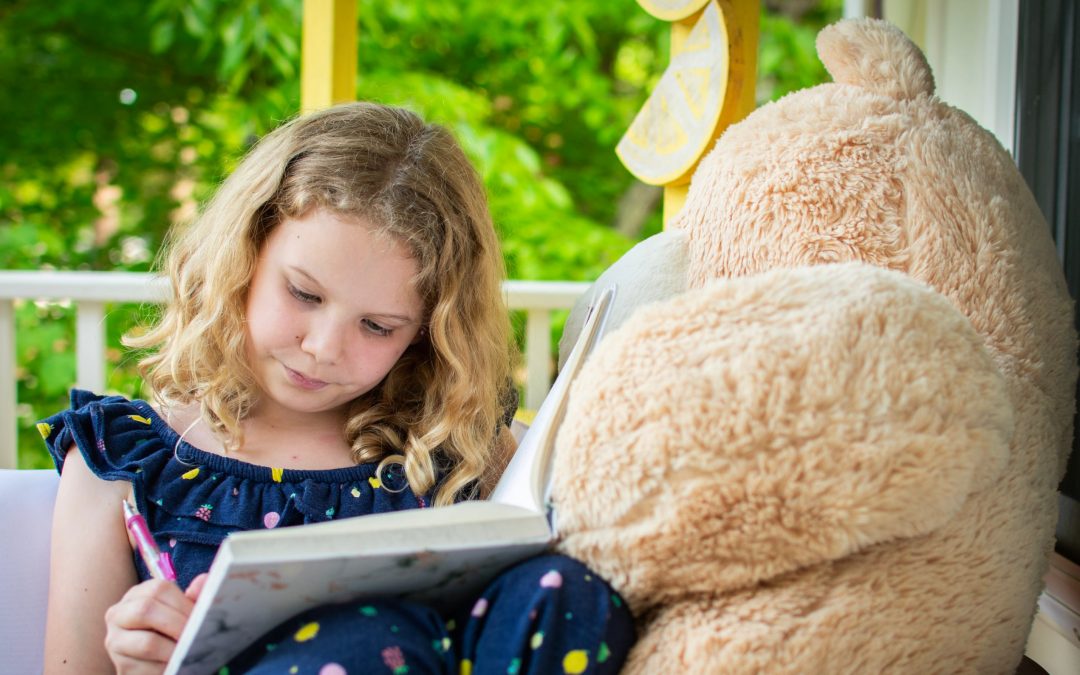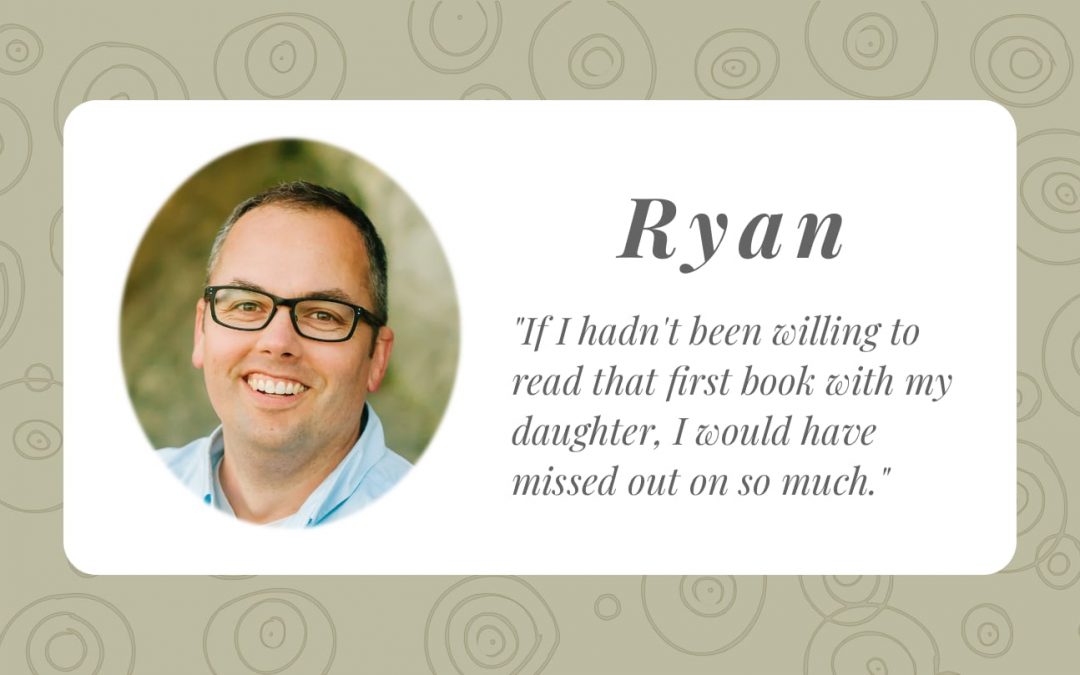
Parent Perspective: Skye
I am an editor. Twenty years ago, I was a wildlife biologist. In my spare time, I sell art in a gallery. Before that, I had a side gig playing steel drums in a Caribbean restaurant. I sometimes wonder how I never just settled on one thing. Somehow, I couldn’t leave behind any of my disparate interests. I have dragged them all with me.
I think it must have to do with the worlds that were given to me as a child through books. These worlds of interest were added to my native love of the outdoors and all things wild. Above all, a love of literature was gifted to me. I thank my dad for not only showing me pond water through a microscope but for reading to my siblings and me without fail every night—authors such as E. B. White, Roald Dahl, Mark Twain, Laura Ingalls Wilder, Hans Christian Andersen, and Jack London. And I thank my mom for passing down her good eye for grammar.
Today, most of my time is spent reading and improving on what others have written on topics ranging from space radiation to feline orthodontia to child development. I find a broad knowledge of basic things extremely useful in editing. I’m able to understand the premise of an article or chapter even when I’m clueless about the details. I love continuing to learn and check on facts about subjects all over the map.
As my three kids grew up, I read a range of books to them. There was the couch reading of picture books, the after-dinner reading of scriptures that brought the family all together, and bedtime reading. The latter was my favorite, as I could read for longer and mostly chose the books myself. I read all of the Chronicles of Narnia, adding my commentary about Christ along the way. I read Dahl and Tolkien, I covered the Little House books, and I cried as I read aloud the end of Charlotte’s Web (eliciting some groans from the bunkbed).
My kids have not yet turned out to be huge readers, but they all read and write well. Just as important, they have various interests. Their knowledge expanded with each book we read, as much as if they had read all these books themselves. I recently copyedited a report by a client who does evaluations of children with learning disabilities. She gave this recommendation to the parents and teachers of one boy: “When you ask him about what he’s reading lately, he should talk about his audiobook, as that is simply reading with his ears instead of his eyes; in both cases, the information gets in.”
The information gets in. And with it comes a world of possibilities for our children’s futures.
Thanks, Skye
Skye is another of my amazing sisters! Her prowess in finding writing errors are akin to a hounddog tracking game. She is remarkable. As disappointed as I am when she finds something in my poetry or essays, I never quite feel my writing is complete without having her take a go at it. Her website is edit-guru.com. Go check it out! Editing may sound boring to some, but I can assure you that Skye is the most adventurous of all my siblings. She enjoys hiking, traveling, painting watercolors, and playing the piano, steel drums, and clarinet.
tawnyember



















Recent Comments